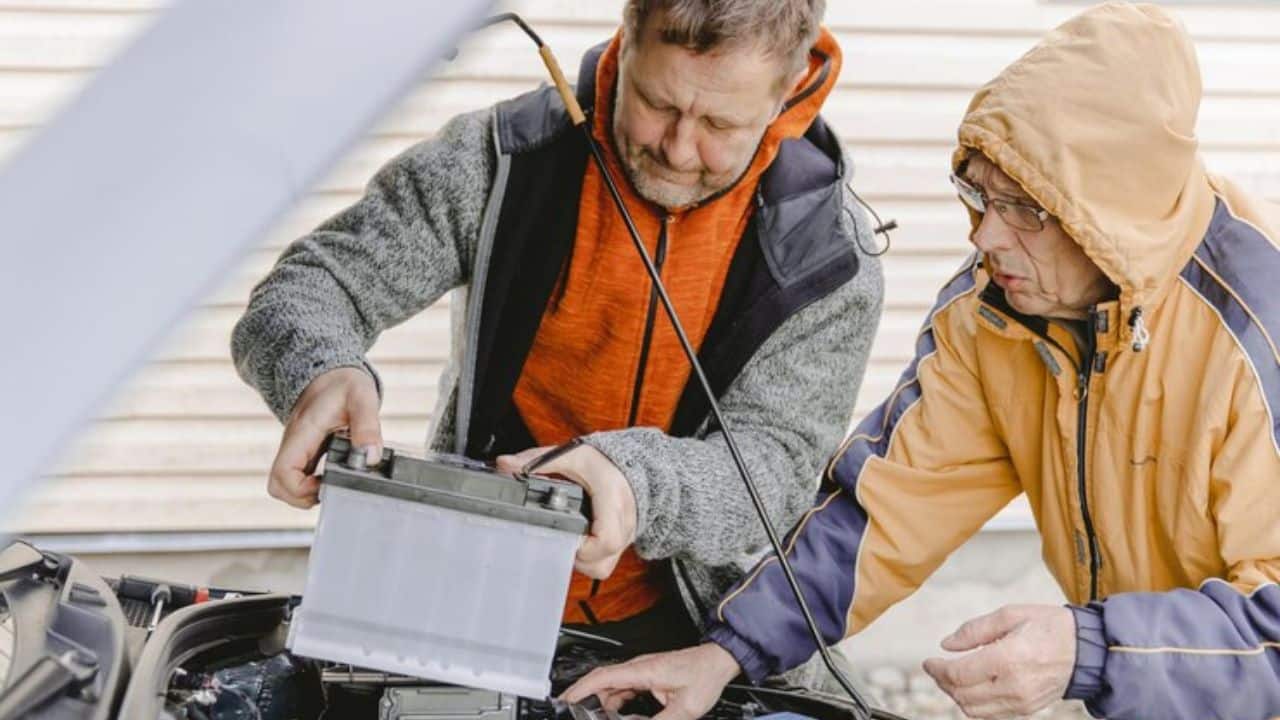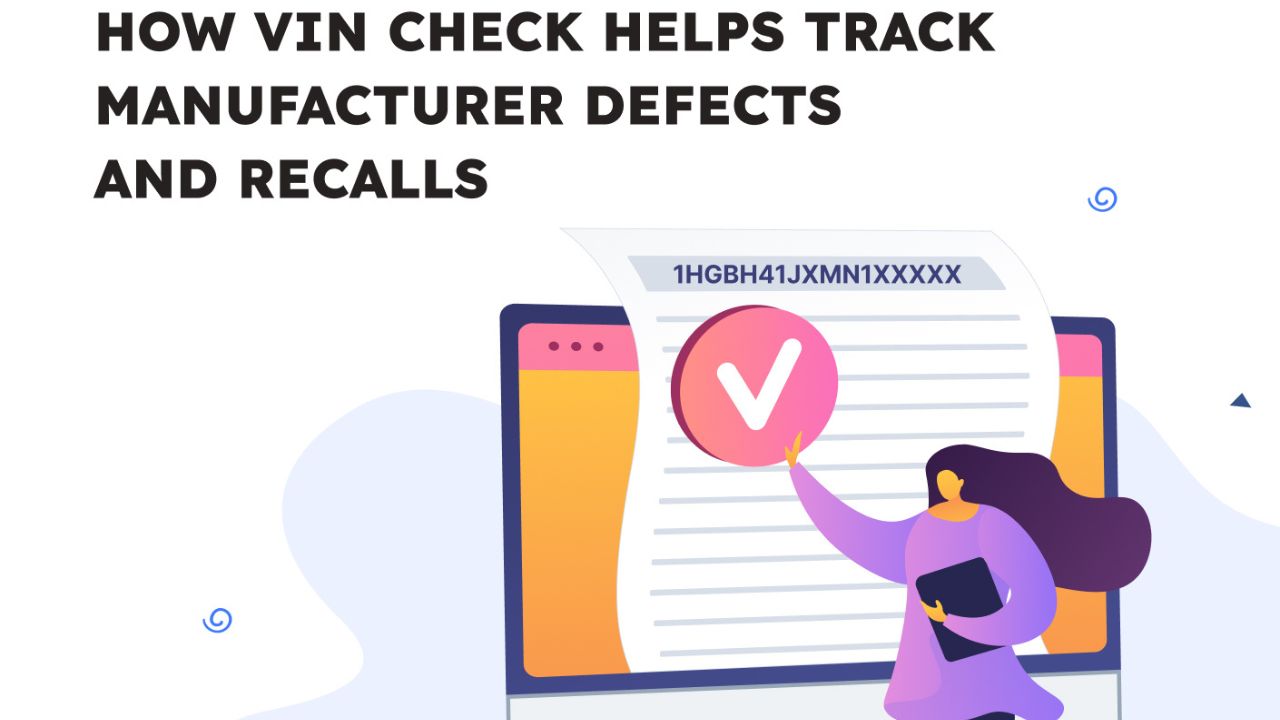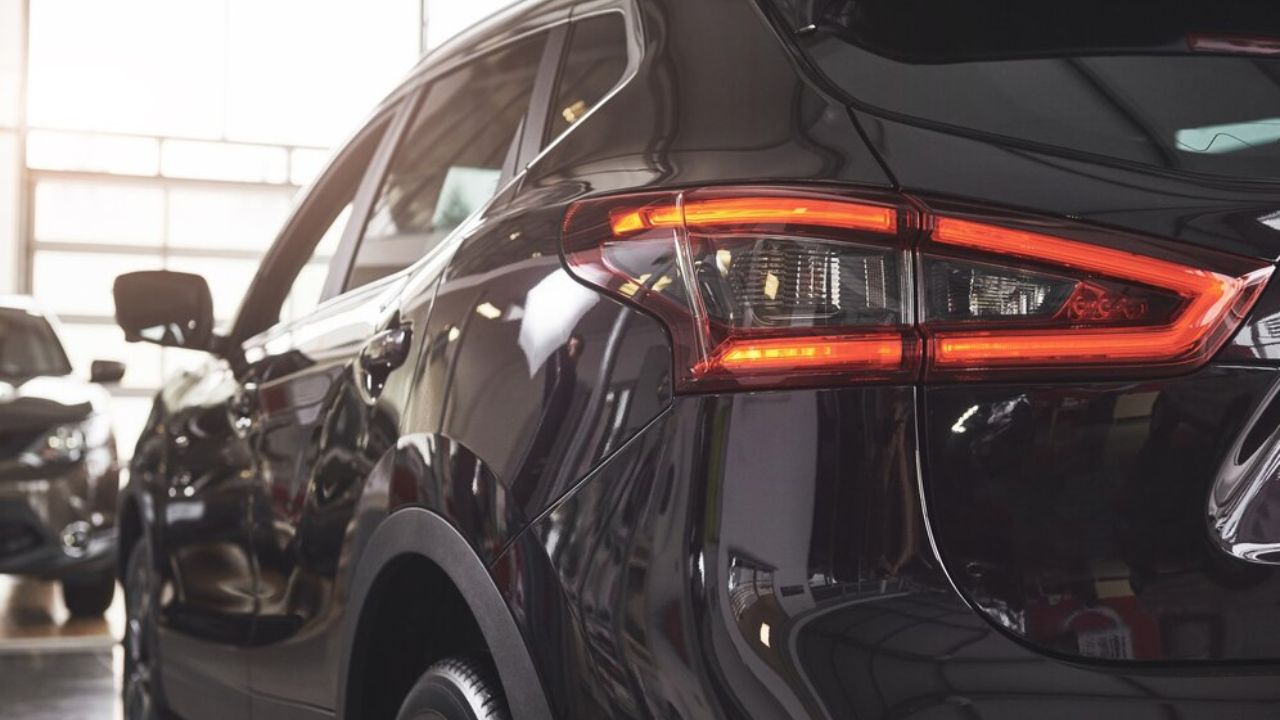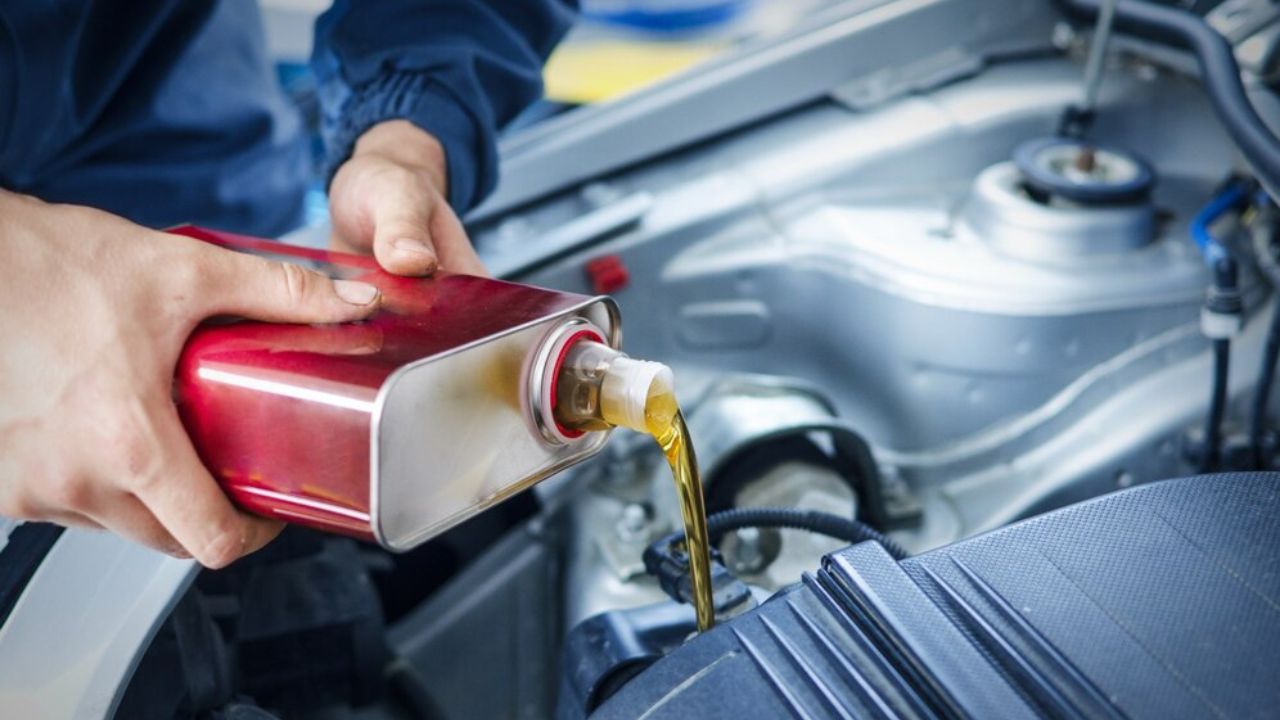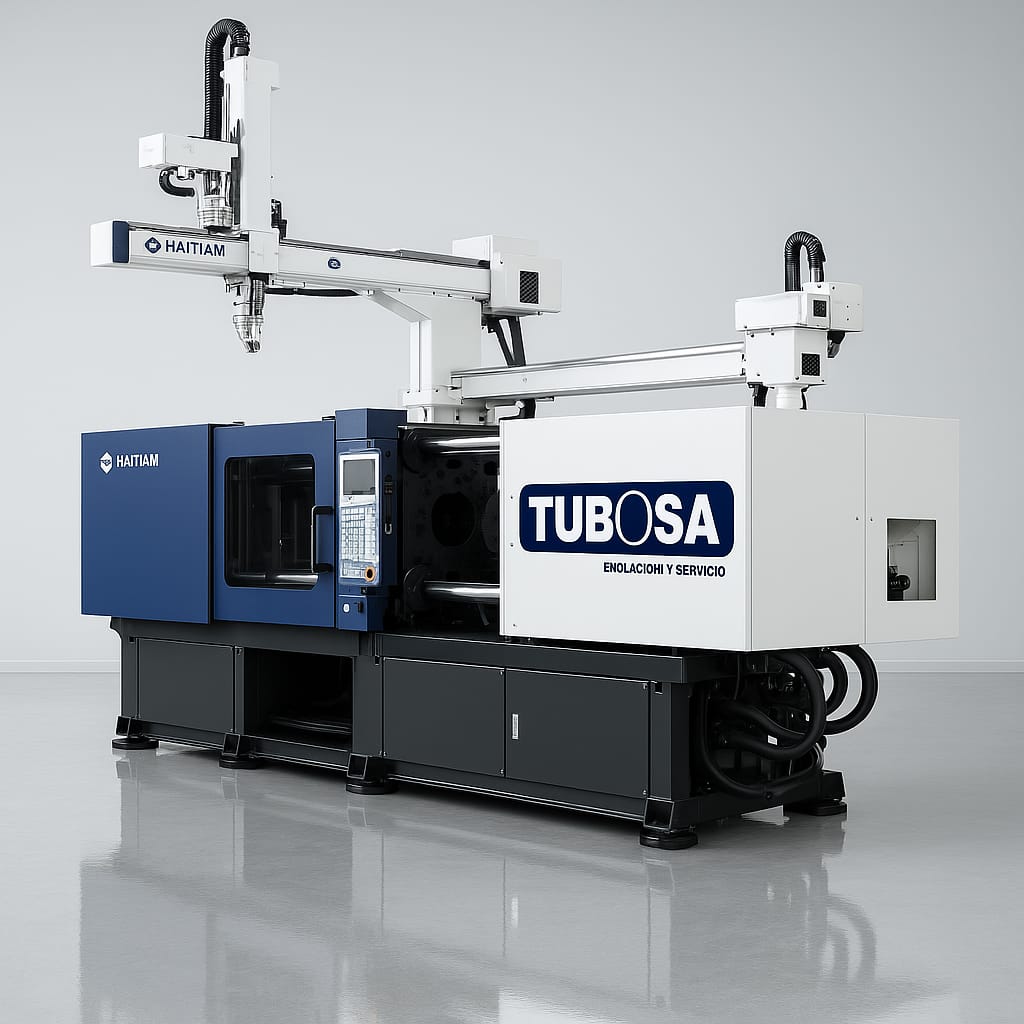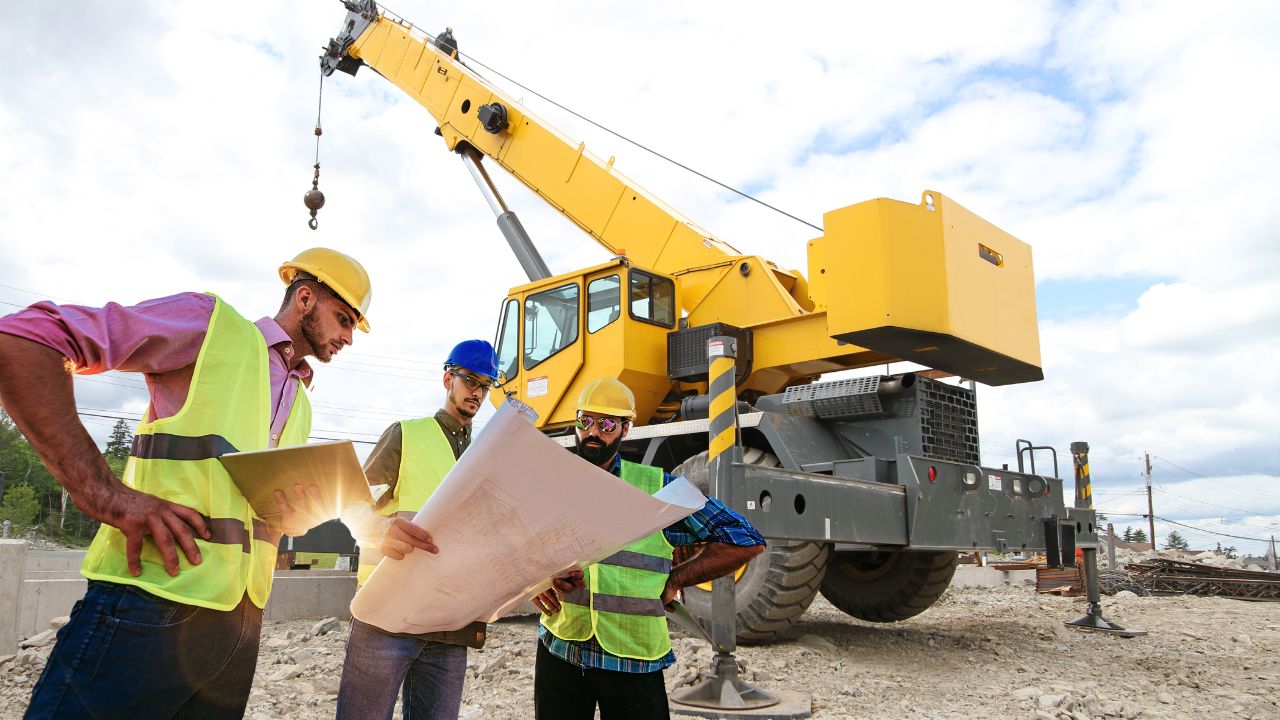Intercooler boots, often overlooked in high-performance engines, are pivotal for maintaining optimal boost pressure and airflow. Regular maintenance and high-quality replacements can significantly extend their lifespan. In performance applications, understanding the common issues such as wear and oil accumulation can prevent unexpected failures and costly repairs.
Many vehicle owners have encountered issues with intercooler boots, especially during high-pressure situations like towing or racing. Ensuring these components are clean and using suitable methods for securing them, such as hair spray for better grip, can aid in preventing blowouts. For instance, Ford owners can improve their performance with appropriate powerstroke Intercooler boots, ensuring the reliability and efficiency of their engine systems.
Neglecting the intercooler boots can lead to sudden power drops and inefficient engine performance. Recognizing symptoms such as leaks or rupture can prompt timely interventions.
Key Takeaways
- Clean and use high-quality intercooler boots to prevent failures.
- Recognize and address common issues like leaks and oil accumulation.
- Timely maintenance improves engine performance and efficiency.
Understanding Intercooler Boot Functionality and Common Issues
Intercooler boots play a vital role in managing airflow and boost pressure between the intercooler and the engine. Proper maintenance ensures they can withstand extreme temperatures and prevent common issues that could affect engine performance.
Role and Importance of Intercooler Boots in Engine Performance
Intercooler boots are crucial in connecting the intercooler to the engine, handling the transfer of compressed air generated by the turbo. This transfer ensures that the engine receives cooler, denser air, enhancing overall efficiency and power output.
In high-performance applications, these boots must endure constant pressure changes and extreme temperatures. Quality boots, such as silicone intercooler boots, offer better durability compared to standard rubber boots, helping to sustain optimal engine performance and reliability.
Identifying Common Problems with Intercooler Boots
Common issues with intercooler boots include leaks, wear and tear, and blowouts. Such problems can lead to significant reductions in boost pressure and overall engine efficiency.
Visible cracks, oil leaks, and physical wear are typical signs of failing intercooler boots. Conducting regular inspections and pressure tests can help in early detection. Upgrading to high-quality replacement parts can mitigate issues and extend the lifespan of the boots, preventing unexpected breakdowns and maintaining effective airflow and engine performance.
Best Practices for Intercooler Boot Maintenance and Repair
Proper maintenance and repair of intercooler boots can significantly extend their lifespan. This section outlines routine maintenance tips, solutions to enhance durability, and expert advice for installation and repairs.
Routine Maintenance to Prolong Boot Life
Regular inspection is critical. Inspecting the boots for wear, cracks, or oil buildup ensures timely intervention before problems escalate. Clean the boots thoroughly with appropriate cleaning agents like brake cleaner to remove any dirt or oil that can compromise sealing.
Use a torque wrench for accurately tightening clamps, preventing both under-tightening and over-tightening. This prevents blowing boots due to improper seal. Always replace stock boots with high-quality, brand-specific alternatives such as AFE and DieselSite.com, which offer improved materials and durability.
Periodic testing is essential. Boost levels and intercooler performance should be checked using proper diagnostic tools to ensure the boots maintain efficiency and reliability.
Effective Solutions for Boosting Boot Durability
Selecting the right material is crucial. Silicone boots, known for their high durability and resistance to extreme temperatures, are highly recommended for optimal performance. Using PPE and double clamps on connections can significantly reduce the risk of boots blowing off under high boost levels.
Apply a light coating of hair spray on intercooler pipes before installing boots. This improves grip and helps create a stronger seal. Another option is to use two clamps per connection point to ensure a tighter fit.
Enhancing the boot’s durability also involves choosing boots with reinforced layers. This ensures they can withstand higher pressures and temperatures typical in high-performance engines or those with superchargers or turbochargers.
Expert Tips for Intercooler Boot Installation and Repairs
Proper installation techniques are vital. Always ensure that the intercooler boots are seated correctly and evenly to prevent any leaks. Thoroughly clean the connecting surfaces for the pipes and boots to remove any debris that might hinder sealing.
When installing, slide the boot onto the pipe slowly and ensure it fits snugly. Using a flat head screwdriver carefully can help slide the boot over tight spots without damaging it. Secure with hose clamps or zip ties for added security.
In case of repairs, make sure to use the specific repair kits from reputable brands. Always consult service manuals or professional advice when necessary. Utilizing proper tools and conducting regular checks can ensure the boots remain in top condition, extending their lifespans significantly.
Conclusion
Maintaining the longevity of intercooler boots requires regular inspection and prompt replacement of damaged parts. Using high-quality materials like silicone can enhance durability and performance, especially in high-temperature and high-pressure environments.
By following proper installation techniques and keeping the components clean, you can prevent leaks and boost engine efficiency. Remember, investing time and effort in maintenance can lead to significant long-term benefits for your vehicle’s turbocharging system.


